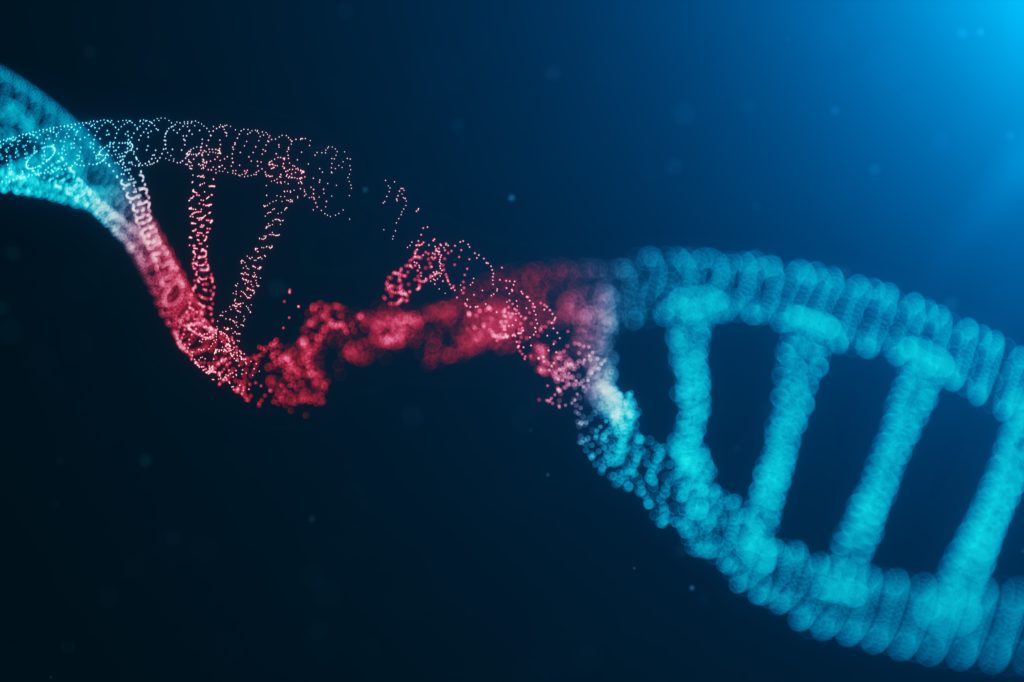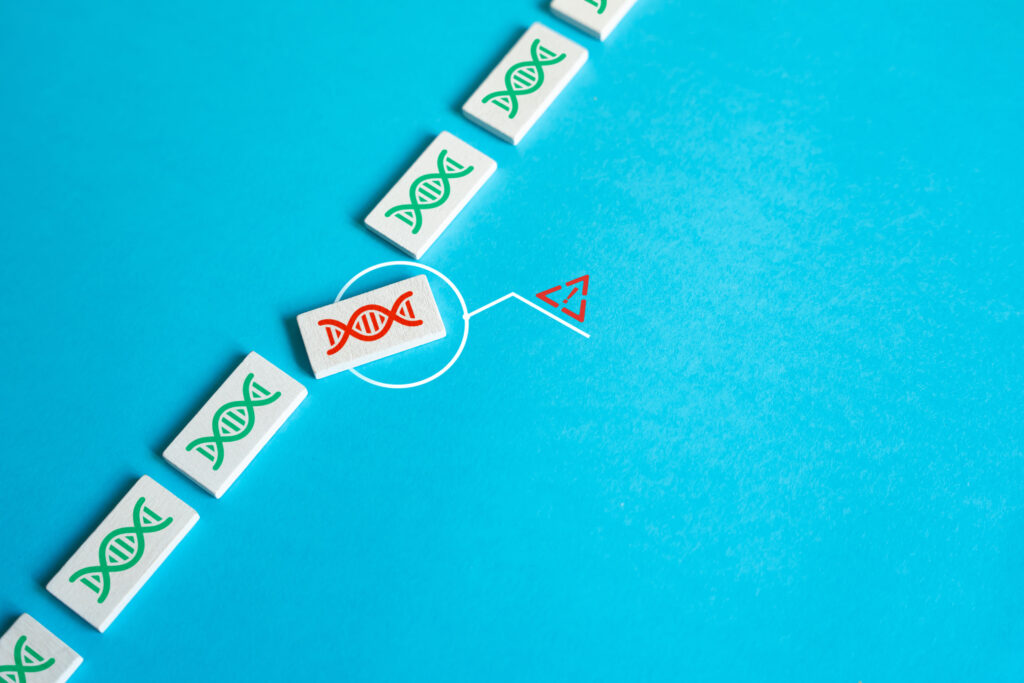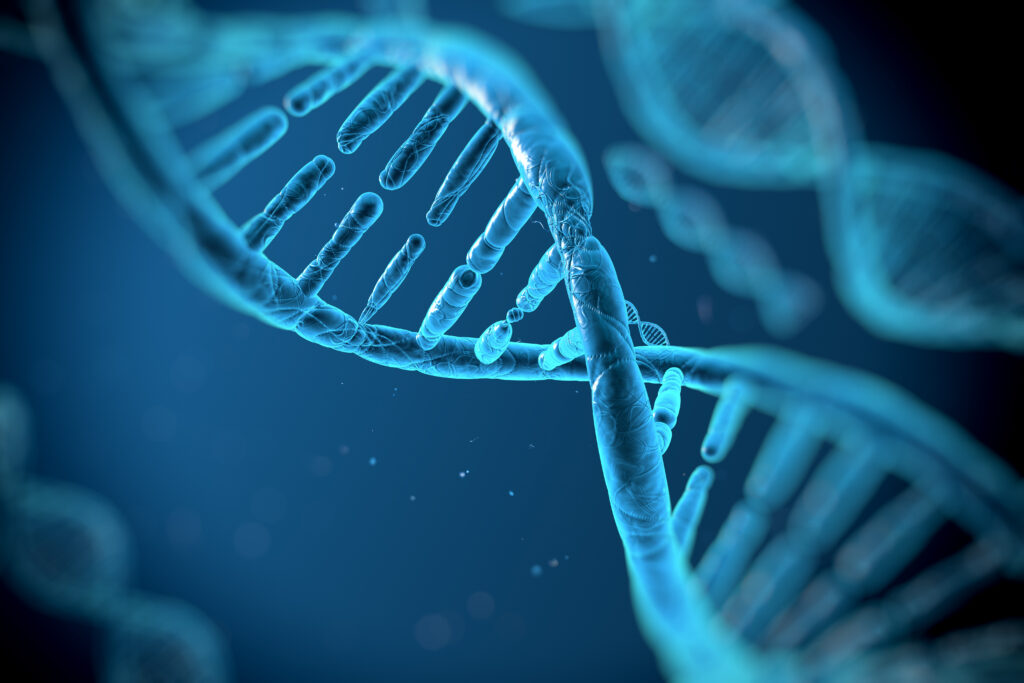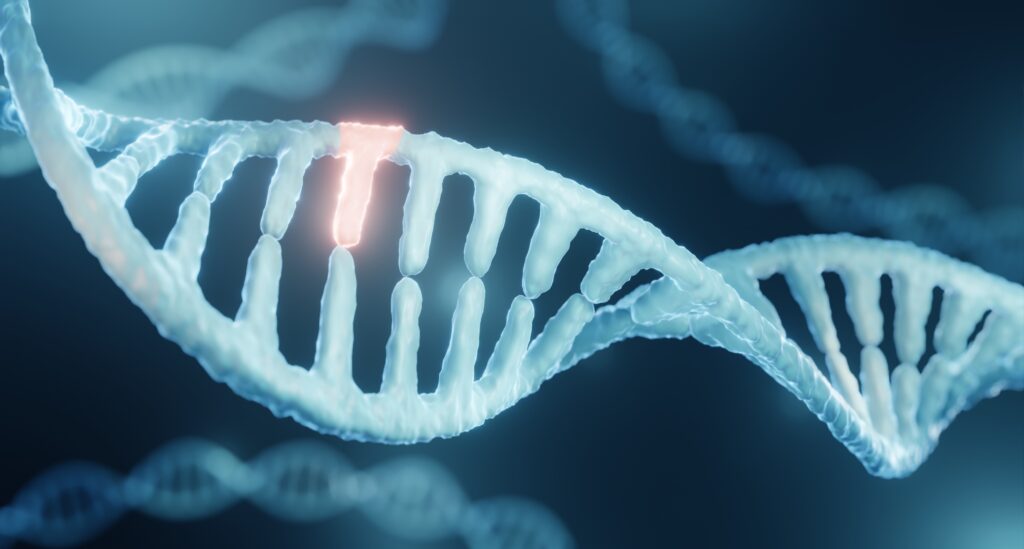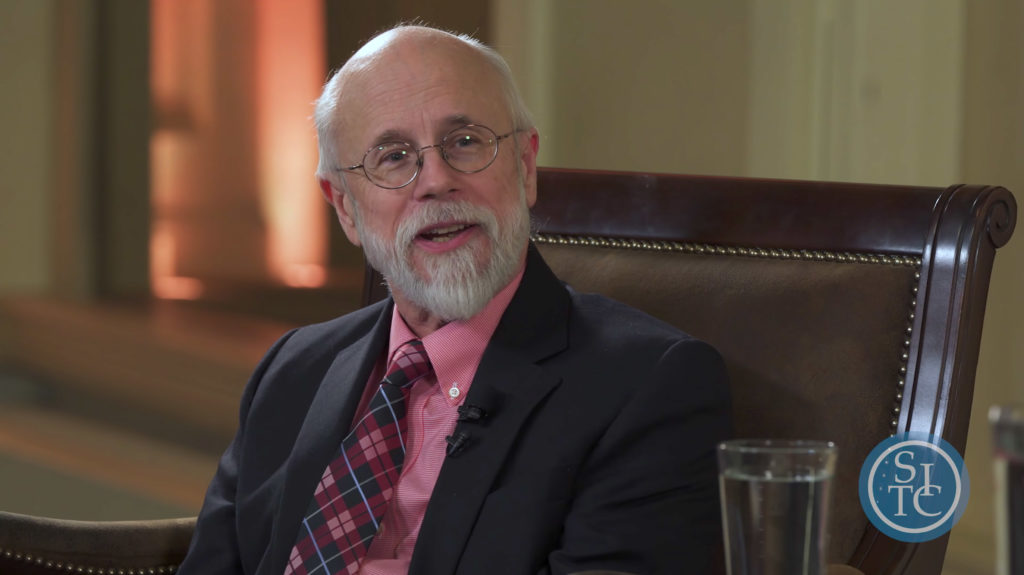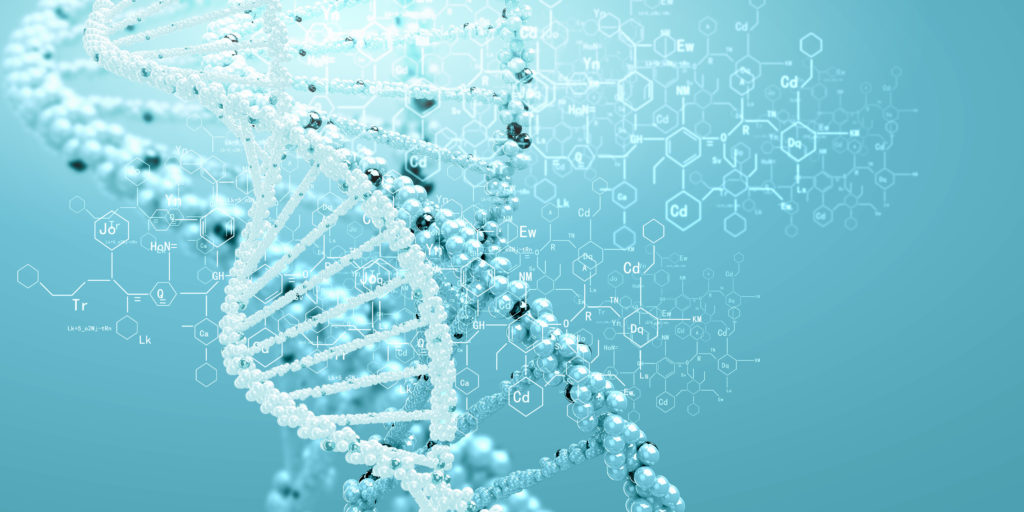
Waiting Longer for Two Mutations, Part 5
Dear Readers, An interesting paper appeared several months ago in an issue of the journal Genetics, “Waiting for Two Mutations: With Applications to Regulatory Sequence Evolution and the Limits of Darwinian Evolution” (Durrett, R & Schmidt, D. 2008. Genetics 180: 1501-1509). This is the fifth of five posts that discusses it. Cited references appear in this post. The final conceptual error that Durrett and Schmidt commit is the gratuitous multiplication of probabilistic resources. In their original paper they calculated that the appearance of a particular double mutation in humans would have an expected time of appearance of 216 million years, if one were considering a one kilobase region of the genome. Since the evolution of humans from other primates took much less time Read More ›
